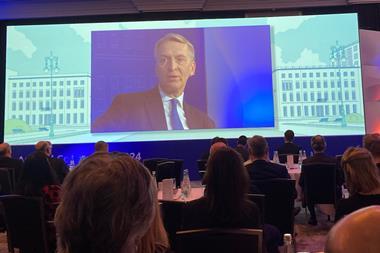Global capital raising for real estate funds hit a new record last year and pension funds were the biggest contributors, according to a study.
Global associations INREV, ANREV and NCREIF released their 2016 Capital Raising Survey at MIPIM in Cannes, France today, showing that €123.6bn was raised for non-listed real estate in 2015.
Pension funds were the biggest contributors, providing 44%, or €57.3bn, of capital. Insurance companies came second at 14.6%, and sovereign wealth funds were third (10.8%).
High-net-worth individuals provided 2.6%, reflecting their growing activity in real estate markets.
European real estate remains the primary destination of capital raised; €63.1bn was raised, representing more than half of the total.
Vehicles with North American strategies accounted for 27.9% and those focused on Asia Pacific represented 13.6%.
Almost half of the capital raised by North American managers was targeting European real estate.
For the first time, respondents to the survey could select global strategies (rather than regional or country-specific). The survey said the €8.5bn (6.9%) raised for this category points to the increasing globalisation of the asset class.
Non-listed real estate funds were the most popular vehicle, representing almost half (47.3%) of total capital raised, followed by direct investment through separate accounts (24.4%) and joint ventures (13.3%).
Real estate debt represented 9% of total capital. Most of this (72.1%) was raised from European investors. European debt products attracted €3.6bn of equity.
The report’s authors said the results showed the “ongoing viability” of the global real estate funds industry and the “breadth of opportunity within in it”.
“The volume and variety of vehicles that recieved fresh equity last year is testament to the breadth of opportunity in the non-listed real estate market,” said Henri Vuong, director of research and market information at European association INREV.
“But the continuing increase in the volume of capital being raised also brings with it challenges relating to deployment, which is likely to become tougher.
“Investors and fund managers may need to shift their preferences for risk, style and region to find the investments that can deliver attractive returns.”















No comments yet